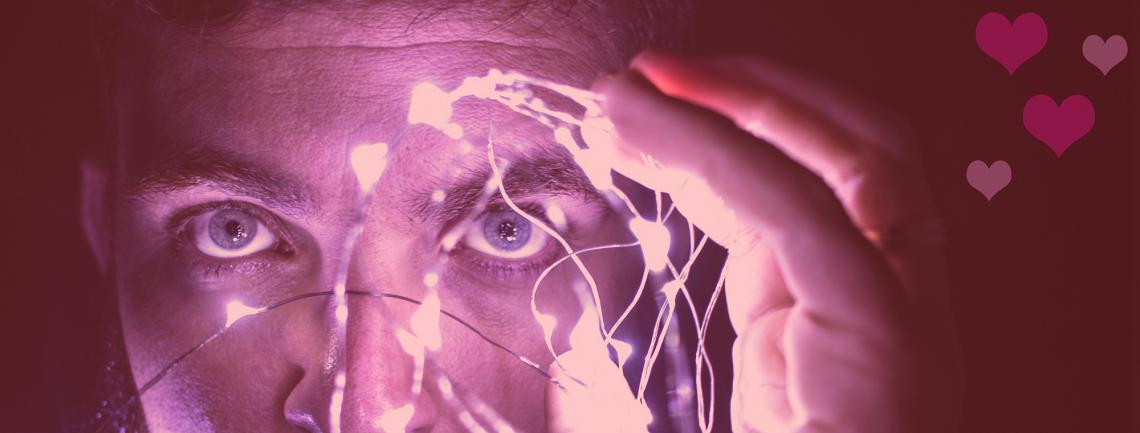Will you be my Neuroplasticity?

Definitions of strabismus, amblyopia, or virtual reality vision therapy may be found easily in online searches. A less familiar term, neuroplasticity, is being talked about in the world of vision therapy. What does it mean? That’s the question and ultimate game changer.
In essence, neuroplasticity is the brain's ability to reorganize itself by forming new neural connections throughout life.(1) It is the capacity of neurons and neural networks in the brain to change their connections and behavior in response to new information, sensory stimulation, development, damage, or dysfunction.(2)
This idea of making neuron connections while interacting through a fun, new, interactive binocular activity is a key component of vision therapy. Similar to how a baby learns new skills as it grows, repeated stimulation and practice of an activity strengthens and changes synaptic connections. The result in vision therapy is improved binocular function. This is actually a very common and powerful therapeutic tool used in many rehabilitation professions and is often referred to as perceptual learning or Hebbian learning.
Ben Backus, Vivid Vision's Chief Science Officer, explains, “Hebbian learning, which strengthens synaptic connections, is an important mechanism of neuroplasticity – the brain’s remarkable ability to change its structure and organization to compensate for illness or injury and adjust to new situations. It’s exciting to see this basic science research idea being developed in a real-world product to help people see better.”(4)
These connections are solidified, synaptic numbers increase and made stronger due to this unique, fun way the task is presented. The result of these types of therapeutic activities could mean reduced or eliminated suppression for an amblyopic patient, improved depth perception for a strabismic patient, or recovery of some visual function for a post-stroke patient.
The crux of enhancing neuroplasticity through perceptual learning is repeated skill practice. Activities must be reinforced daily at home to enhance the patient's eye-to-brain neuron connections. Making these neuroplastic connections by means of virtual reality not only adds a bit of fun,but also enables the patient to quickly make these new synaptic connections in a fully controlled virtual environment.
Neuroplasticity, in essence, are neurons turning those first date jitters into long-lasting relationship connections! So won’t you be my neuroplasticity? Or...should we just say …..Valentine?
References:
- https://www.medicinenet.com/script/main/art.asp?articlekey=40362
- https://www.britannica.com/science/neuroplasticity
- https://cdn.ymaws.com/www.covd.org/resource/resmgr/VDR/VDR_2_1/VDR2-1_article_Sorenson_Web.pdf
- https://blog.suny.edu/2018/06/researchers-are-bringing-a-virtual-reality-to-market-that-will-help-improve-lazy-eye/
